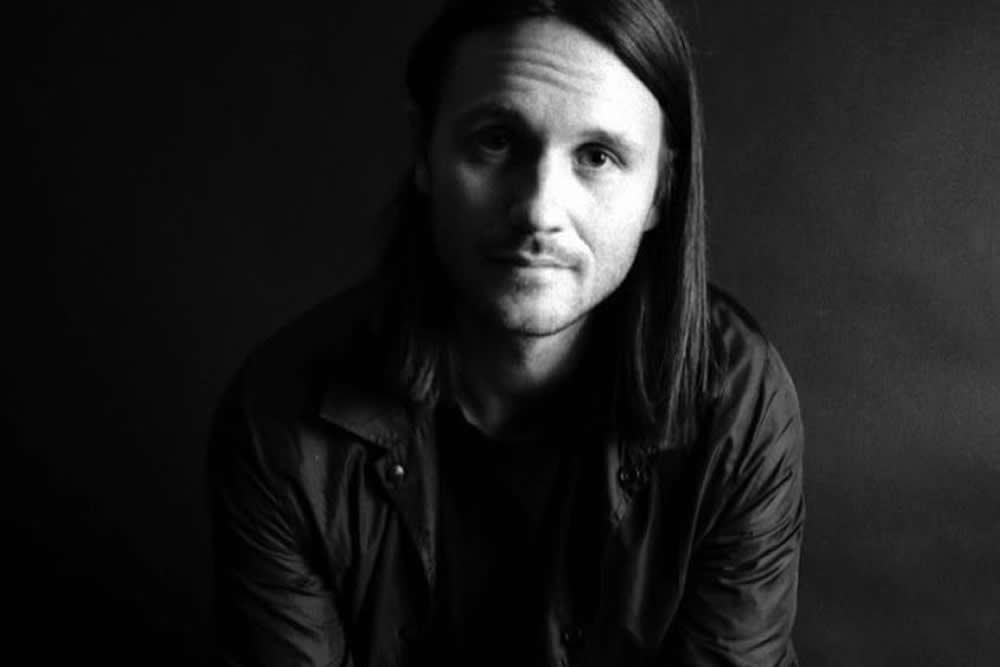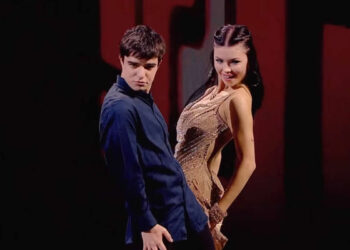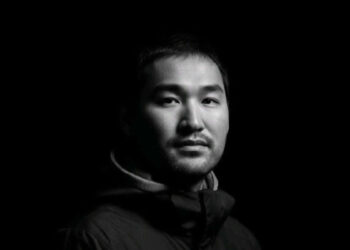For Swedish cinematographer Viktor Skogqvist, visual storytelling begins with stillness and paying attention. His camera does not command the image; it studies and waits. "Film has a pulse," he says, describing the organic rhythm that guides his work.
"You couldn’t fake it," he says of his early days filming snowboarding videos in Falun, the forest-ringed town where he grew up. "I had to learn to read the light, to work with it."
In a world increasingly obsessed with polished surfaces and digital perfection, Skogqvist offers something quieter and more elemental. He doesn’t chase style for its own sake. "The moment tells me what it needs," he explains. "I’m just listening."
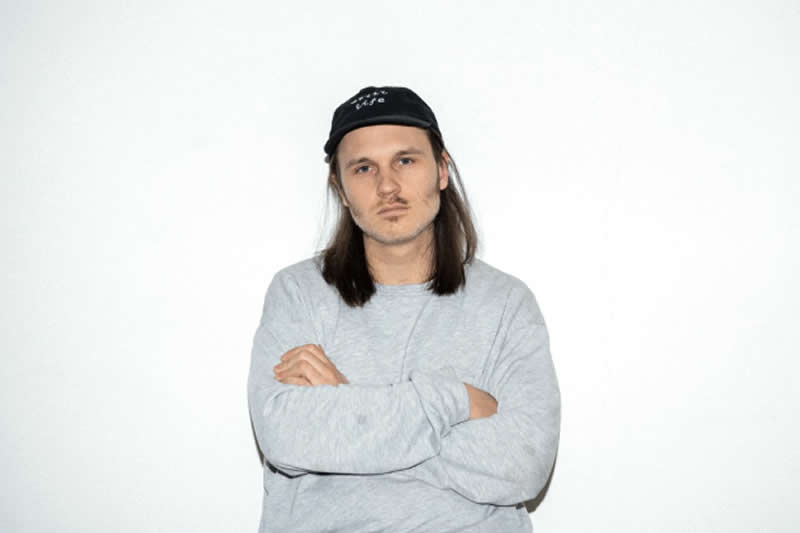
Source: Viktor Skogqvist
A Career Built on Emotion and Atmosphere
Today, with more than 15 years behind the camera, Skogqvist has established himself as one of Scandinavia’s most respected cinematographers. His portfolio stretches from global commercial campaigns to acclaimed experimental shorts. Campaigns for IKEA, PlayStation, and Volvo share space in his reel with poetic short films that have premiered at Sundance, SXSW, and the Atlanta Film Festival.
Signature Projects on Film
One of the clearest expressions of Skogqvist’s sensibility is Flex, a four-minute short by the directing duo Babybaby. The film explores a bodybuilder’s internal tension: his dance between strength and fragility. Shot entirely on 16mm film, it weaves surreal visual motifs, lightning bolts, and floating avatars into grounded, bodily realism. The analog medium wasn’t just an aesthetic choice; it was a narrative one. "Film has a pulse," Skogqvist says. "Each frame holds resistance, like watching memory flicker to life." The short earned recognition at Sundance and SXSW, and was honored with a Vimeo Staff Pick, affirming Skogqvist’s growing international reputation.
Monza, directed by Simon Gustafsson, was also shot on 16mm, but in stark black-and-white, the film channels the melancholic energy of Wong Kar Wai and the candid honesty of mid-century street photography. Cyclists glide through dim city streets like phantoms, each frame echoing the repetitive hum of rubber on asphalt. The absence of digital gloss creates space for mood.
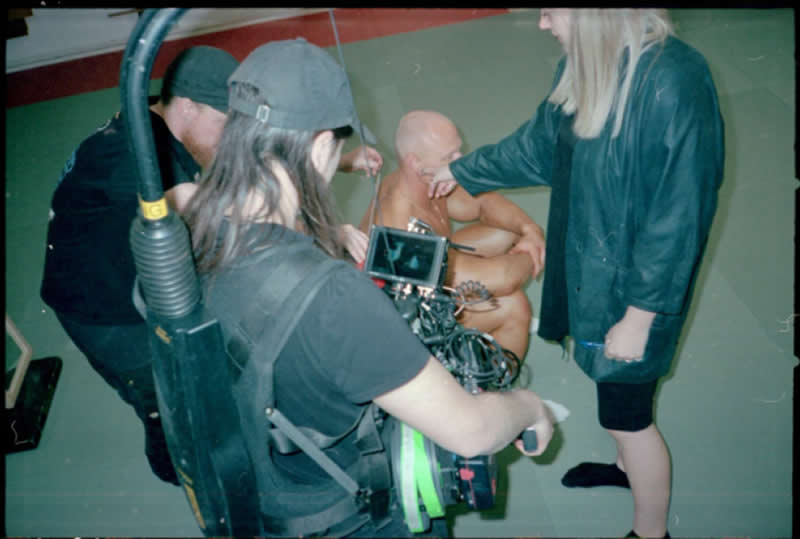
Commercials with Soul
This same sensory discipline defines his commercial work. In Honor the Sound, a film created for Audio Pro’s 40th anniversary with director Mats Udd, Skogqvist refused to rely on traditional advertising tropes. There are no visible products, no dialogue, no overt messaging. Instead, memory leads the way, echoes of music in rooms now quiet, gestures of past connection. The result is haunting, lyrical, and deeply human. The film earned Silver at Sweden’s prestigious Guldägget and the Roy Awards for long-form commercials.
Even in high-budget digital campaigns, Skogqvist maintains this attentiveness. For PlayStation’s Diablo IV launch film, he collaborated with director Tuukka Koski to construct a world of epic, mythic scale, without sacrificing nuance. Flames glint off stone, shadows bloom in cavernous space. Texture and contrast ground the fantasy in something tangible. In Urban Miner, a spot for Elkjøp and Minecraft directed by Alexander Biörsmark, Skogqvist visualized the emotional toll of electronic waste through an inventive blend of live action and 3D animation. The campaign earned Silver at Guldägget and won the Grand Prix at Norway’s Gullblyanten.
The Process: Craft, Collaboration, and Care
Part of what sets him apart is his approach to process. Unlike many DPs brought on only after the script is finalized, Skogqvist joins projects from their earliest stages. "I’m thinking about tone, tempo, and how the image supports the emotional arc," he explains. That holistic mindset has led to long-standing collaborations with directors like Babybaby, Mats Udd, and Simon Gustafsson.
A Vision That Lingers

Today, though his commercial resume continues to grow, his heart remains with intentional, slow cinema. His dedication to analog filmmaking isn’t nostalgia, but a way of staying present.
Looking ahead, Skogqvist’s goal is to shoot a feature-length film. Not for status or budget but for resonance. For him, the feature format offers the space to let emotions breathe and develop, something impossible in the condensed world of commercial work. "I want to create images that haunt," he says. "That stays with people in ways they can’t fully explain."
And perhaps that is the essence of his work. In a time of excess and immediacy, Viktor Skogqvist makes images that pause and listen. He doesn’t aim to dazzle or overwhelm. He invites viewers to feel.
About the Author
Elliot Renner is a Stockholm-based arts writer with a passion for analog film and quiet storytelling. His work explores the space where image meets emotion, and has appeared in indie film journals and festival zines.

